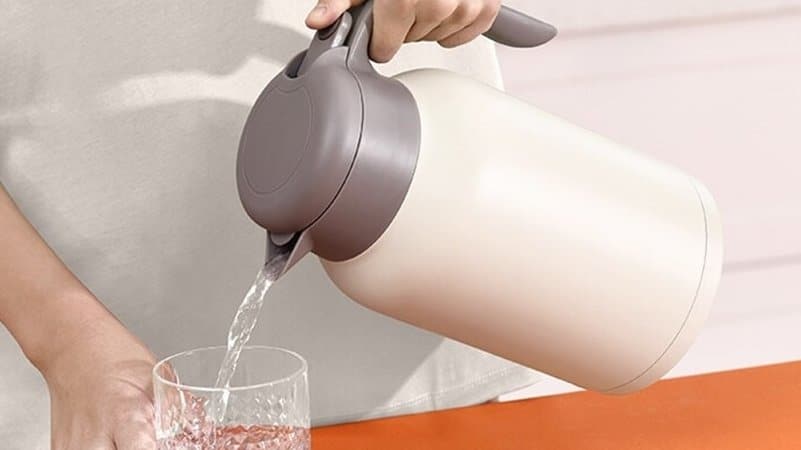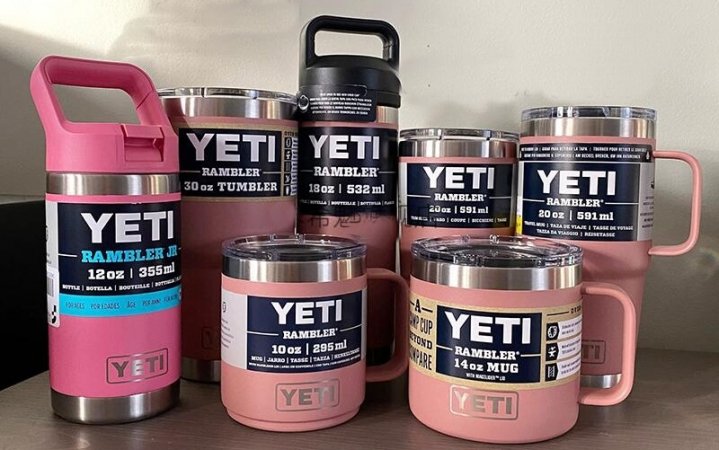Are Stainless Steel Straws Safe? A Comprehensive Analysis
This article aims to dissect these concerns, offering a clear and comprehensive look at the safety of stainless steel straws, ensuring that consumers can make informed choices about using them.
Last Updated on March 11, 2024 by Tina ShaoHowever, alongside the commendation for their environmental benefits, stainless steel straws have also sparked a dialogue about safety. Concerns range from the risk of physical injury to questions about the materials used in manufacturing these straws.
This article aims to dissect these concerns, offering a clear and comprehensive look at the safety of stainless steel straws, ensuring that consumers can make informed choices about using them. We will delve into the material composition, potential health risks, and safety guidelines to understand these modern sippers well.
Understanding Stainless Steel Straws
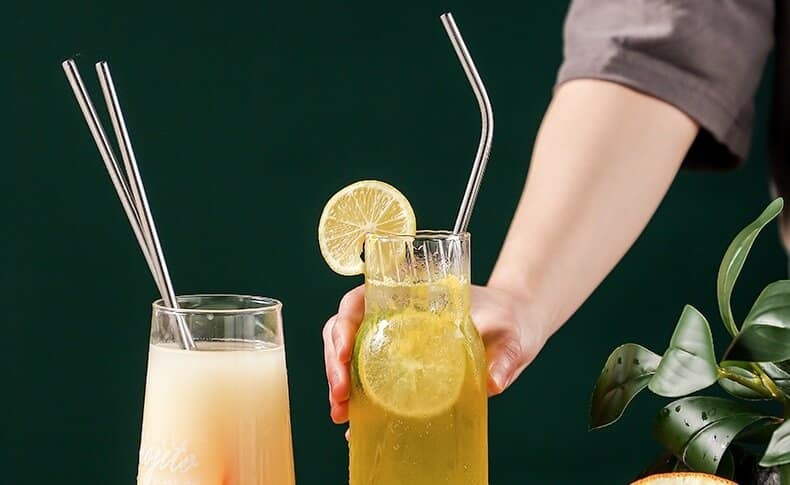
Stainless steel straws are slender tubes that provide a reusable and sturdy beverage conduit. They have become a mainstay in eco-friendly households, coffee shops, and restaurants that wish to offer sustainable alternatives to plastic.
The common types of stainless steel used in manufacturing these straws are food-grade 304 or 18/8 and 316 stainless steel. The numbers here refer to the composition of chromium and nickel, which are added to steel to enhance its corrosion resistance and make it suitable for culinary applications.
These materials are known for their inert properties, meaning they do not react with the beverages they come into contact with, ensuring that they do not leach chemicals into the drink or alter the taste.
In the following sections, we will explore the safety concerns associated with stainless steel straws, from the risk of physical injuries to proper cleaning and maintenance protocols.
The Safety Profile of Stainless Steel Material
Stainless steel’s reputation for safety in food and beverage applications is well-established. This material is non-toxic, does not corrode, and does not react with the foods or beverages it comes into contact with, making it a staple in commercial kitchens and medical facilities worldwide.
The key properties contributing to its safety include its heat resistance and inability to harbor bacteria, thanks to its non-porous surface. These characteristics ensure that, when used as straws, stainless steel does not leach harmful substances into drinks, even when used with hot beverages.
Despite its widespread use, some consumers have raised concerns about metal leaching. It is important to note that the food-grade stainless steel used in these straws is designed to be inert, especially when used within the bounds of typical food and beverage temperatures.
As for taste alteration, while some users may report a metallic taste when using stainless steel for the first time, this is often more perception than reality and tends to dissipate with continued use.
Stainless Steel Straws and Oral Health
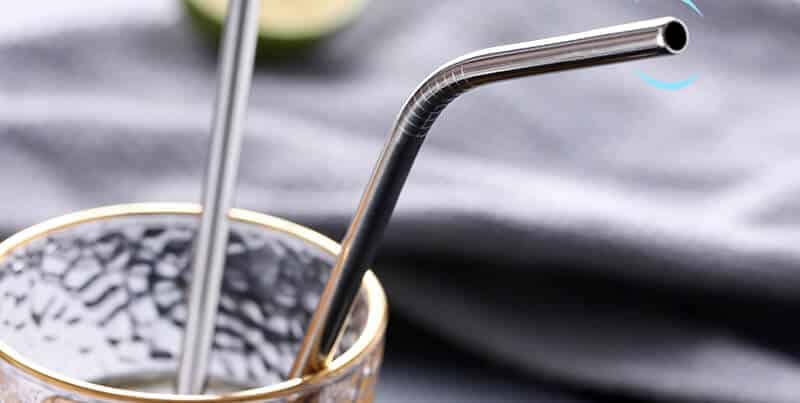
While stainless steel straws are environmentally friendly and safe regarding material composition, their rigidity poses a potential risk to oral health. Unlike flexible plastic straws, stainless steel straws do not bend and can be hazardous if used carelessly, especially while walking or driving.
There is a risk of dental injury, such as chipping a tooth, or damage to oral soft tissues if one bites down on the straw or it is accidentally jabbed into the gums or the roof of the mouth.
Dental professionals advise caution when using these straws, especially for children or individuals engaging in physical activity while drinking. They recommend not biting down on the straw, using a silicone tip for cushioning, and avoiding use during physical movement to mitigate the risk of injury.
Additionally, some dentists suggest that using a straw can help reduce the contact between sugary drinks and teeth, which can benefit dental health, provided the straw is used safely and appropriately.
Choking Hazards and Stainless Steel Straws
The size and design of stainless steel straws can present choking hazards, particularly for children. Most stainless steel straws are designed with a straight or slightly bent shape, similar to traditional plastic straws, and come in various diameters suitable for different types of drinks, from thin liquids to thicker smoothies.
However, unlike their plastic counterparts, they are rigid and can pose a risk if a child or an adult accidentally falls or moves abruptly while the straw is in their mouth.
To mitigate these risks, it is advisable to:
- Always supervise children when they are using stainless steel straws.
- Avoid using stainless steel straws with lids that do not secure the straw firmly, as the straw could be pushed back into the mouth.
- Teach children to sit still and not walk or run while using the straw.
- Consider using straws with a stopper at the bottom end to prevent the straw from being fully inserted into the mouth.
- Opt for straws with rounded edges to minimize the risk of injury.
Cleaning and Hygiene
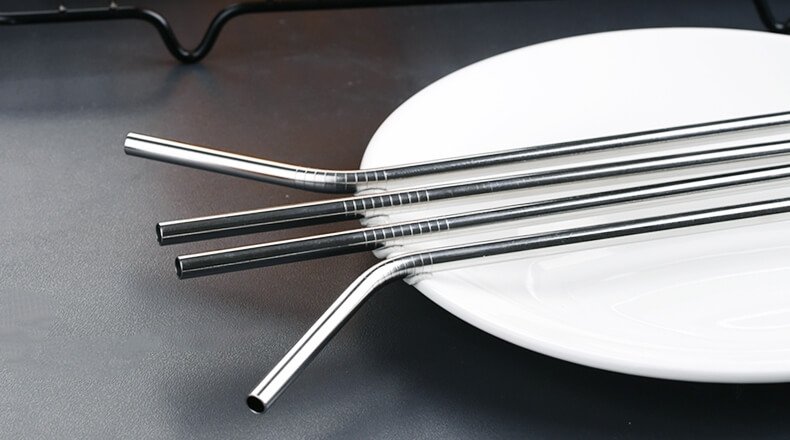
Proper cleaning is crucial to maintaining the safety and longevity of stainless steel straws. Beverage residue can build up inside the straw, leading to bacterial growth if not cleaned properly. To ensure that stainless steel straws are hygienic for repeated use, follow these best practices:
- Rinse the straws immediately after use to prevent residue from hardening, which makes it more difficult to clean later.
- Use a specialized straw brush to scrub the inside of the straw thoroughly.
- Soak the straws in a vinegar and water solution or use baking soda to help remove any stubborn residue for a deeper clean.
- Dishwashers can be effective for cleaning stainless steel straws if placed in a utensil holder or a dedicated straw cleaning case.
- After washing, allow the straws to air dry completely before storing them to prevent mildew or mold growth.
Durability and Long-Term Safety
One of the most significant advantages of stainless steel straws over other materials is their durability. Stainless steel is resistant to rust and corrosion, meaning these straws can withstand years of use without degrading. This inherent durability contributes to their safety profile, as there is little risk of the straws breaking and creating sharp edges or becoming a choking hazard.
However, it’s important to regularly inspect stainless steel straws for any signs of wear and tear. Look out for:
- Dents or bends that could weaken the straw’s structure.
- Scratches or pitting on the surface could harbor bacteria.
- Any changes in color or signs of corrosion are unlikely but should be taken seriously if they appear.
If any signs are present, it may be time to replace the straw to ensure it remains safe. With proper care and regular inspection, stainless steel straws can be a safe and sustainable choice for enjoying beverages without contributing to plastic waste.
Regulatory Standards for Stainless Steel in Food Applications
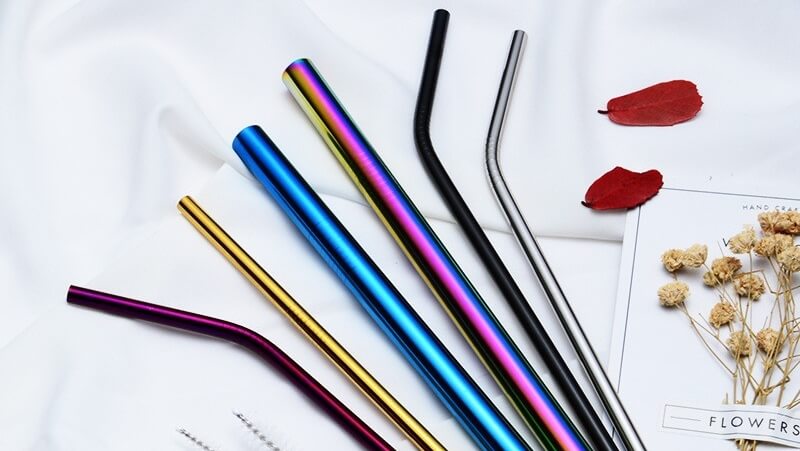
Stainless steel used in food applications must meet certain regulatory standards to ensure safety. In the United States, the Food and Drug Administration (FDA) sets guidelines for materials that come into contact with food. Stainless steel straws typically fall under these regulations as they are food-contact substances.
The FDA requires that materials like stainless steel do not release harmful levels of substances into food (or beverages, in the case of straws). The grades of stainless steel approved for food contact are generally within the 300 series, which includes 304 or 18/8 stainless steel, known for its corrosion resistance and lack of toxicity.
These regulatory standards ensure that the stainless steel used in straws is safe for repeated use with food and beverages. Manufacturers of stainless steel straws must comply with these regulations, and many go beyond the minimum requirements to provide products that are safe and high quality.
Consumers can look for certifications or product information indicating compliance with FDA standards to ensure the safety of the stainless steel straws they use.
Comparing Stainless Steel Straws to Other Alternatives
When evaluating the safety of stainless steel straws, it’s helpful to compare them with other materials available on the market:
- Glass Straws: Glass straws are non-reactive and offer a pure taste. They are also free from chemicals but can be fragile and pose a risk of breaking, which could lead to injury.
- Bamboo Straws: Bamboo straws are biodegradable and have a minimal environmental impact. However, they can be difficult to clean thoroughly and may harbor bacteria if not dried properly.
- Silicone Straws: Silicone straws are flexible, making them safer regarding injury risk. They are also durable and can withstand extreme temperatures. However, there are concerns about the potential for leaching at high temperatures, although food-grade silicone is generally considered safe.
Each material has advantages and potential drawbacks regarding safety, durability, and environmental impact. Stainless steel straws balance safety, usability, and sustainability, making them popular among eco-conscious consumers.
Consumer Reviews and Anecdotes
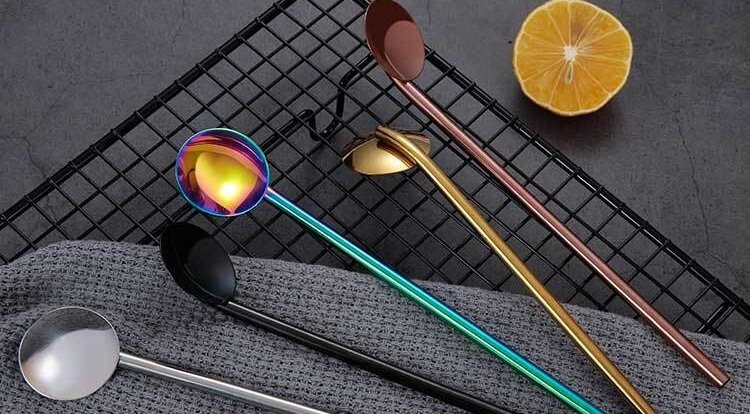
Consumer feedback on stainless steel straws is generally positive, with many users praising their durability and contribution to reducing plastic waste.
Some consumers have noted that they experience a metallic taste when using stainless steel straws, although this is often a temporary issue. Others have expressed concerns about lip or gum injury potential if the straw is used carelessly.
Anecdotal evidence suggests that stainless steel straws offer a safe and pleasant drinking experience when used with caution. Testimonials often highlight the ease of cleaning and the satisfaction of contributing to environmental conservation efforts.
Final Recommendations for Safe Use
To ensure the safe use of stainless steel straws, consider the following dos and don’ts:
- Do:
- Inspect your straw before each use for any signs of damage.
- Use a straw cleaning brush to clean the inside thoroughly.
- Supervise children while they are using stainless steel straws.
- Use silicone tips to prevent lip and teeth injuries.
- Don’t:
- Use stainless steel straws while engaging in physical activities.
- Allow young children to use the straws unsupervised.
- Use a damaged or bent straw.
For specific demographics, such as children, the elderly, or people with disabilities, consider using straws with soft tips, and always ensure that the straws are used in a safe environment where the risk of injury is minimized.
Conclusion
Throughout this article, we’ve explored the various aspects of stainless steel straws, from their environmental benefits to their safety profile. While they are a durable and eco-friendly alternative to plastic, it’s important to use them responsibly to avoid potential risks. By following the guidelines and recommendations provided, consumers can enjoy the benefits of stainless steel straws and positively impact the environment.
References and Further Reading
In a full article, references would include:


